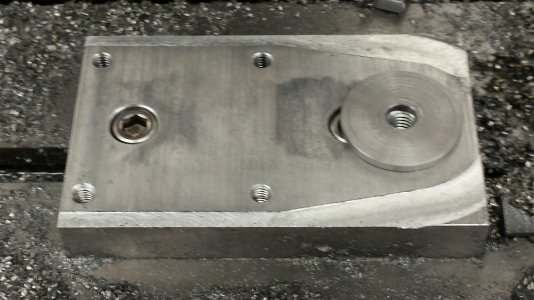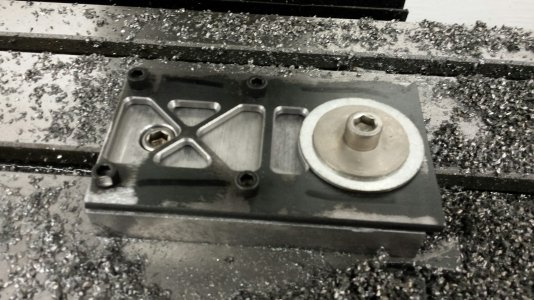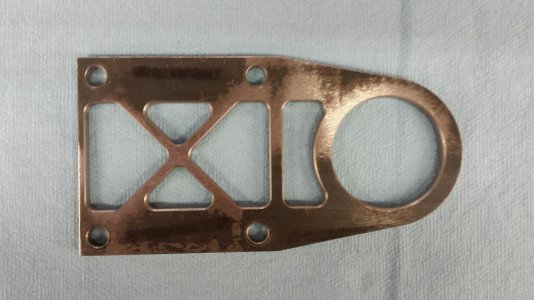I believe your X & Y motors are Wantai 85BYGH450C-012. The website says the operation range is -20c to 50c (-4f to 122f) with a max temperature rise of 80c ambient. If I read that correctly the max temp is 130c (266f) which I understand is the max temp rating for the wire insulation.
Have you measured the heat of the motors? My X & Y motors run between 100f and 115f.
What is switch SW4 on the driver set to, on or off?
Jay
Jay - sorry for not responding sooner. I just saw your post. I bought an infrared heat gun this morning. Wouldn't you know it Harbor Freight was out of stock on the $12.00 gun so I had to buy the $50.00 one. Just got done running g-code for a couple of hours and the max temp was 135 deg F. Keep in mind it's over 100F ambient here in the north state. I was guessing anything below 175F would be OK.
Switch 4: OFF = half current and ON = full current. I switched mine to full current and the motors immediately got hot at idle so I switched it back.
I'll post a few pictures of the parts I'm making later today. Thanks again for your help.
Tom S





